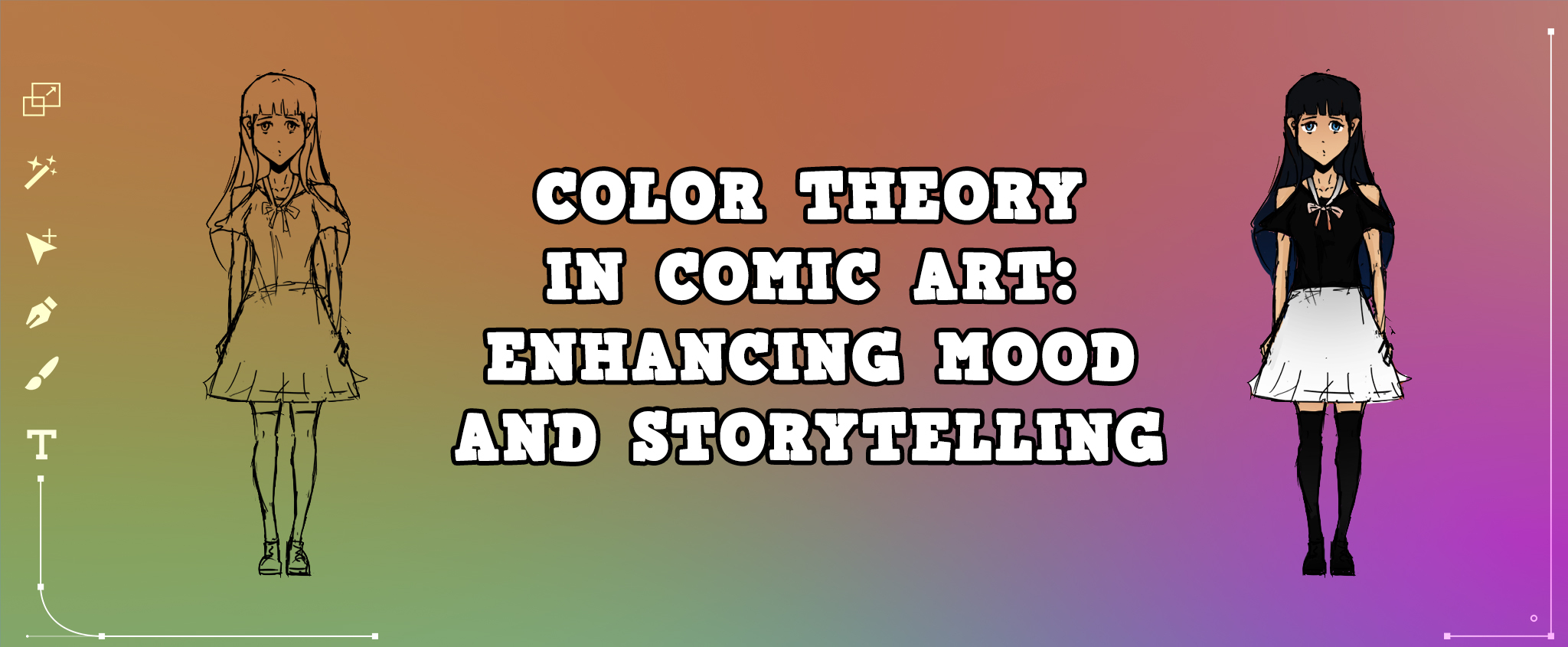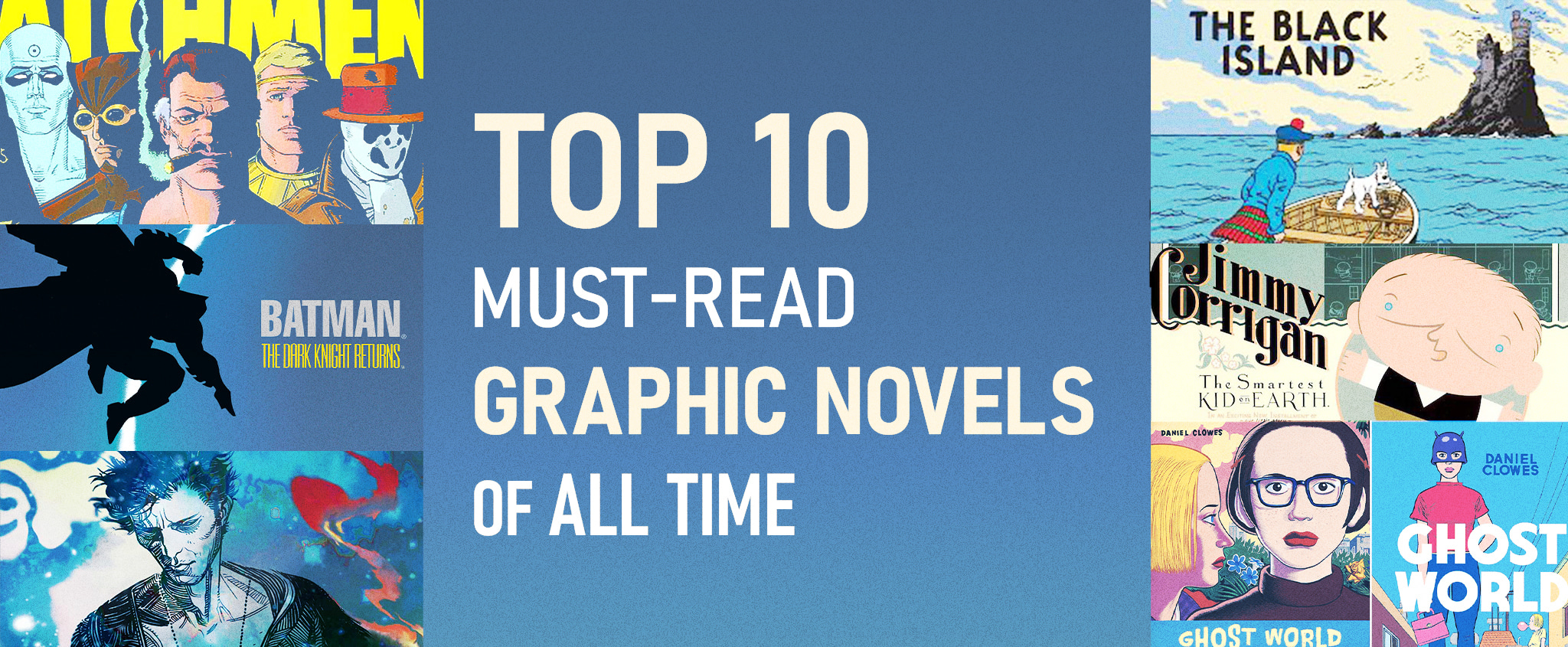Color Theory in Comic Art: Enhancing Mood and Storytelling
When talking about manga series like Attack on Titan, Dragon Ball, and One Piece, we usually think of the original black-and-white versions. It’s what makes manga so distinct from Western comic books! However, since anime adaptations and the rise of webtoons, color theory in comic art has become increasingly important. Now, we have colored versions of the classic manga series and titles initially released in full color, like Kuro (Somato) and Re:LIFE.
Is it an excellent idea to invest in comics coloring services? CCC International shall explain the basics of color theory and how to use colors in storytelling or as an effective marketing tool!
Key Takeaways:
- Color theory in comic art adds visual interest, highlights story elements, and supports character identities.
- Colors in storytelling also influence mood and emotion, impacting how readers interpret and respond to a story.
- Tips on how to color comics include deciding on your coloring style and limiting your color palette.
- Investing in comics coloring services helps ensure quality and consistency in comic art.
Table of Content:
- What is Color Theory?
- The Importance of Colors in Comics
- How Colors Influence Mood and Emotion in Comics
- Color Theory in Webtoons
- Tips On How to Color Comics
- CCCI – Professional Coloring Services for Any Project
What is Color Theory?
In 1666, Sir Isaac Newton invented the color wheel and established the color theory. He understood colors as human perceptions of wavelengths of light and defined the three groups, namely primary, secondary, and tertiary colors. Now, as defined by Interaction Design Foundation:
“Color theory is the collection of rules and guidelines which designers use to communicate with users through appealing color schemes in visual interfaces.”
A color also has three properties: hue, chroma, and lighting. Any design process can also maximize the seven color schemes:
- Monochromatic: one color-related shade
- Analogous: two to four colors that are next on the color wheel
- Complementary: two opposite colors on the color wheel
- Split-Complementary: one color and the two shades next to its complement
- Triadic: three colors equidistant on the wheel
- Tetradic: two pairs of complementary colors
- Square: four equidistant colors
The color theory is a science that explains how colors interact and affect us. We can see it in graphic design trends and the world around us and use it to create art that can be impactful.
The Importance of Colors in Comics
“We’ve had comics and manga in black and white for years. Why is applying color theory in comic art important?” you might ask. Comic art has indeed been around for a long time without colors, and we love those black-and-white stories that have captivated us for decades. But with the advent of webtoons and modern digital comics, we can also appreciate the importance of colors in storytelling. As said by Virginia Commonwealth University:
“Color has always played an important role in the arts, and comics are no exception. A well placed dot of red against a dark background can draw the reader’s attention just as quickly as a text balloon. Subtle shading of one color can enforce the illusion of depth, and the blending of another could create texture. Color is used to add visual interest, highlight story elements, and to support character identities.”
Dragon Ball, for example, was originally released in manga format without any colors. Many people loved it, and the black-and-white style helped to convey the art perfectly. However, when Dragon Ball was adapted into an animated series, vibrant colors helped bring the characters and stories to life in a way that could never have been achieved with just black and white.
Colors in webtoon comics also make sense because it’s a digital comic, and unlike traditional comic books, webtoon readers don’t have to turn pages. Readers see every new panel as a single image, and artists use colors to differentiate each panel. Using the color theory in comic art allow for more accurate color changes, making the art look cleaner and more appealing.
Manga and comics services now help realize the reprinting and republishing of classic comics released initially in black and white in color. Not only does this give readers access to the original work, but it also allows them to experience it in a new way.
How Colors Influence Mood and Emotion in Comics
Colors also go beyond making a comic look good. They also evoke emotions, create atmosphere, and influence the reader’s perception of the characters. As said by Art Therapy in “Color Psychology: The Emotional Effects of Colors”:
“In art therapy, color is often associated with a person’s emotions. Color may also influence a person’s mental or physical state. For example, studies have shown that some people looking at the color red resulted in an increased heart rate, which then led to additional adrenaline being pumped into the blood stream.”
Cool tones like blue and people can indicate sadness or reflection. At the same time, warm hues like yellow and red can mean high-energy emotions. So in many superhero comics, we can see reds and yellows in fight scenes, suggesting the excitement and intensity of the fight. On the other hand, we can see many blues and greens in mellow scenes, as these colors create a calming atmosphere.
Note: Interpretation, meaning, and perception of colors can differ according to different cultures and backgrounds. Furthermore, the use of colors in comics isn’t just limited to mood and atmosphere; they can also be used to hint at deeper symbolism.
Ultimately, understanding the basics of color theory and the power of color can allow comic creators to better convey emotions, atmosphere, and symbolism in their work. The goal is to experiment and find the perfect combination of colors to bring out the desired emotion and identity in the art.
Color Theory in Webtoons
Like any other medium, using colors in webtoon comics is incredibly critical. Webtoons are known for their vibrant colors and unique styles. Still, everything depends on the artist’s skill and experience and the story’s general tone or concept.
A skilled comic artist would know how to use colors according to the characters and their situations, such as using cool colors when the characters feel down and warmer colors when they feel optimistic. Using vivid hues can also be very effective in webtoons, as it can help further depict the characters and their expressions.
However, artists are also free to choose any colors they want, even if it deviates from the norm. Through this kind of experimentation, comic artists can create something that stands out and is unique. From there, the color theory will ensure that the comic is still balanced and visually pleasing.
Tips on How to Color Comics
Now that we know the basics of color theory and its importance, it’s time to learn how to apply it in your comic art. Here are some tips that can help you get started:
✍️Decide on Your Coloring Style
Before coloring your comic, decide on the style that best fits the story. It can be a smooth gradation of colors or something more abstract.
✍️Add Some Personality
Add some personality to the characters by assigning different colors for each character. This way, they will stand out, and the readers can easily distinguish them when reading.
✍️Use the Colors to Tell the Story and Build the Mood
Always go back to color theory and use the colors to tell the story. Choose colors that will build up the mood of each scene, making it more dynamic and compelling for the readers.
✍️Limit Your Color Palette
Having too many colors in a comic can be overwhelming. Choose a few colors that will work for the whole piece and stick with them. This way, you can create a cohesive comic without any distractions.
Pro Tip: Trust professional comic coloring services to help you with your project. Coloring requires much time and skill, so leaving it to the experts is best!
You might think coloring comics is just a matter of mixing and matching colors, but there’s more to it than that. You need creativity and knowledge of color theory to create something completely compelling. CCCI has both and more.
CCCI – Professional Coloring Services for Any Project
For over 10 years, CCCI has been providing coloring services for comic creators. Our team of experienced colorists is here to help you bring your characters to life with the best colors and effects! We also offer webtoon conversion services and webtoon and manga animation, and we can handle any project, no matter the size.
CCCI understands that every project is unique, so we take time to understand the creator’s vision and provide a personalized approach. We firmly believe that color theory is essential to create an impactful and meaningful comic story. And just like you, we want the readers to experience each scene as if they were right there with the characters.
For professional coloring services for any project, contact us today!






